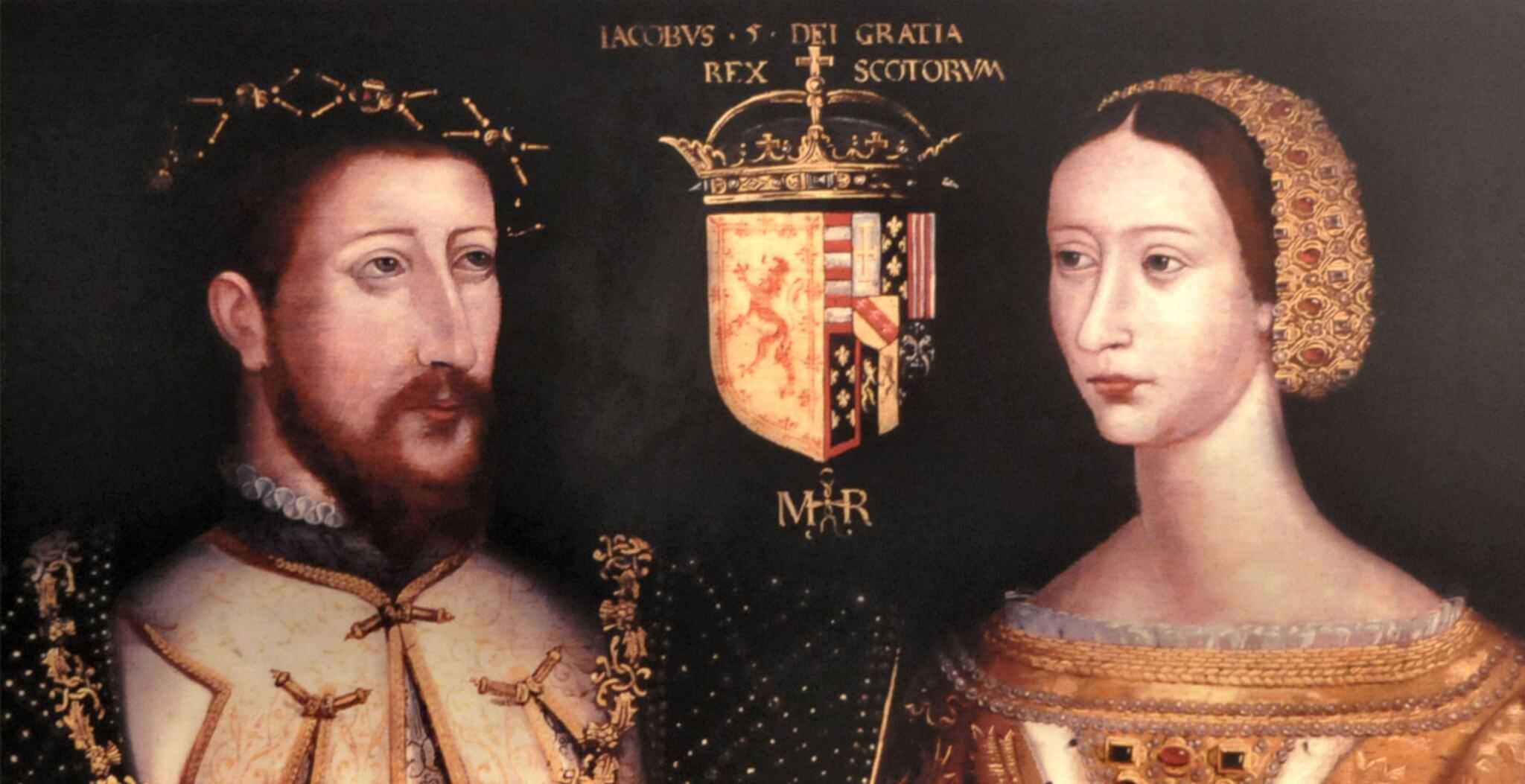Isolated since his break from Rome and Catholic Europe, Henry VIII sought to secure his northern borders though an alliance with Scotland. Henry’s proposal involved the marriage of his son, Prince Edward to the young Scottish Queen Mary.
When the Scottish Parliament rejected Henry’s overtures, he sought to change their mind through a show of force …the so called ‘Rough Wooing’.
When Henry died in 1547, the Duke of Somerset (pictured at the top left of this article), uncle to the new King Edward VI, was now effectively ruling England as its Lord Protector. Like Henry, Somerset liked the idea of an alliance with Scotland but as previously, the Scots rejected the proposal as it would have meant them having to adopt the Reformation, thus breaking their links with the Papacy.
And so the Rough Wooing would continue, but this time it would get really rough!
Somerset gathered the English army at Berwick before marching his force of around 18,000 men north, along the east coast road to Edinburgh, closely supported by a fleet of 30 warships.
It fell to the Earl of Arran to organise the Scottish defences, who managed to muster an army estimated at 22,000 strong in response to the English invasion. Moving out of Edinburgh, Arran organised his troops on the west bank of the River Esk, blocking Somerset’s march on the Scottish capital. With the Firth of Forth to his left, he sited some of his artillery pieces out into the estuary to keep the English warships at bay.
The main action began on 10th September 1547 with a charge by the English cavalry which was driven off by the Scottish pikemen.
The artillery pieces from both sides were now brought into the action, including the canons from the English ships lying offshore. Battered now from three sides and unable to respond, the Scottish resistance began to crumble.
In the last pitched battle to be fought between English and Scottish armies, the English offered precious little mercy to the retreating Scots. Estimates claim Scottish losses at around 6,000, earning this epic defeat the title of ‘Black Saturday’.
As for the wooing, the infant Queen Mary was smuggled out of Scotland to France, where she would later marry Francis, Dauphin of France, in 1558.
Click here for a Battlefield Map

Key Facts:
Date: 10th September, 1547
War: War of the Rough Wooing
Location: Musselburgh, Lothian
Belligerents: Kingdom of Scotland, Kingdom of England
Victors: Kingdom of England
Numbers: Scotland around 22,000, England around 18,000
Casualties: Scotland around 6,000 (although unconfirmed), England around 500
Commanders: Earl of Arran (Scotland), Duke of Somerset (England)







